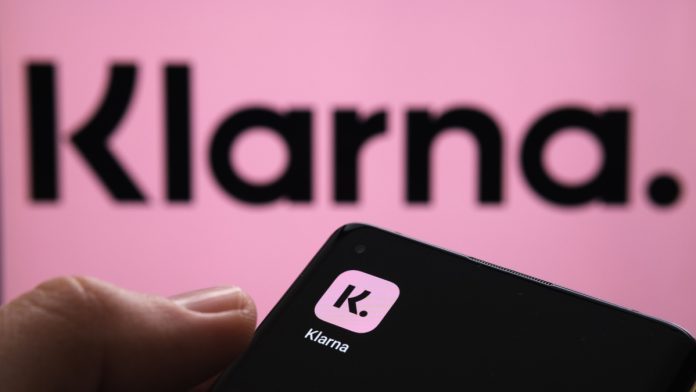Klarna has launched Wikipink, an initiative aimed at setting new standards for transparency and responsibility in the credit and lending industry.
The AI-powered global payments network aims to ‘challenge the status quo’ by revealing comprehensive data on its services, including repayment rates, late fee rates and consumer age demographics via its transparent data hub, Wikipink.
David Sykes, Chief Commercial Officer at Klarna, commented: “We still see too many of the traditional banks and credit card companies pushing products on consumers with exorbitant interest rates, hidden fees, and revolving debt.”
This initiative comes at a time of growing scrutiny over the practices of credit providers and increasing credit card debt in the US, with Visa and Mastercard reaching an estimated $30bn settlement to limit credit and debit card fees last month.
In addition to revealing data, Klarna commissioned The Harris Poll to conduct a survey of over 2,000 US adults, aiming to gain insights into how consumers utilise credit cards and address some misconceptions within the industry.
For context, in 2023, credit card debt reached a new record high of $1.13trn, as reported by the Federal Reserve Bank of New York. Also, credit card interest rates soared, with some peaking as high as 36%.
Additionally, findings from the Klarna/Harris Poll survey revealed that 41% of American credit card users carry balances from month to month. Furthermore, approximately one quarter of credit card users (23%) admitted to making late payments resulting in late fees or having their credit card payments sent to debt collection in the past year.
Traditional credit card models have come under scrutiny over the past few years, as mentioned before, it is payment giants such as Mastercard and Visa that are taking advantage of consumers and, in turn, leaving the door open for fintechs like Klarna to appeal to customers.
Sykes added: “It is very clear that the traditional credit card model does not work in the favour of the vast majority of customers. Wikipink is not just a showcase of Klarna’s achievements, but a call to action for the entire financial industry to prioritise consumer well-being.”
In contrast to the earlier data, statistics from Klarna’s Wikipink indicates a different scenario.
In 2023, 31% of Klarna’s Pay in 4 users in the US settled their bills ahead of schedule, while 65% paid on time. Additionally only 4% incurred late fees, resulting in a downward trend in late fee rates over time.
Moreover, the statistics show that Klarna’s global default rate remains at less than 1%, which is significantly lower than the delinquency rates commonly associated with credit cards. On top of this, 99% of Klarna payments are successfully repaid.
Modern payment providers like Klarna are increasing in popularity, but there is a common misconception by consumers that these fintechs are only being used by younger adults.
However, Klarna has revealed that the average age of its users in the US is 36, and its fastest growing segment is Boomers (50+).
It may also be surprising that the survey found that Gen Z makes up the majority of users carrying credit card debt month-to-month (47% Gen Z ages 18-27).
Last month, Thomas Byrne, Head of Product EMEA at nCino, spoke to Payment Expert about what traditional banks can do to up their digital game to prepare and accommodate for Gen Z customers.
In the interview Byrne discussed how traditional banks/payment providers rely on trust, however, if the big firms such as Visa and Mastercard continue to be out-trusted by fintechs, it may result in a seismic shift in the payments landscape.
Sykes concluded: “By sharing our data and practices openly, we aim to inspire a shift towards more ethical, transparent, and consumer-friendly credit options.”





















